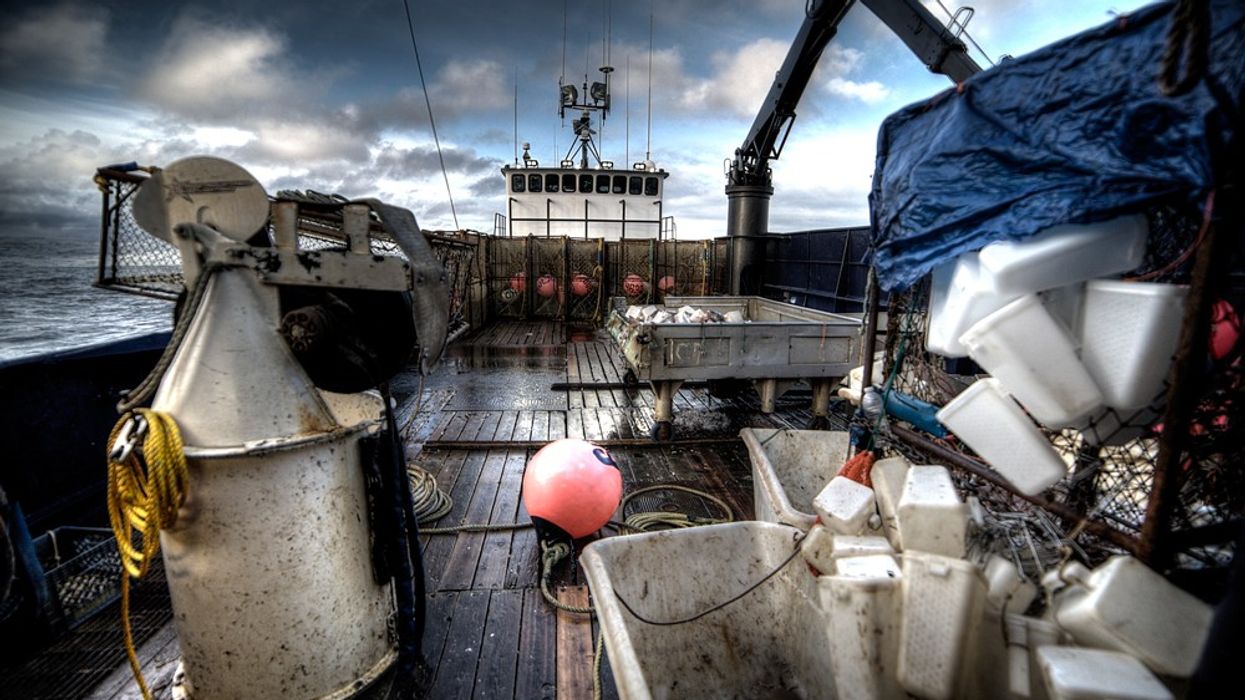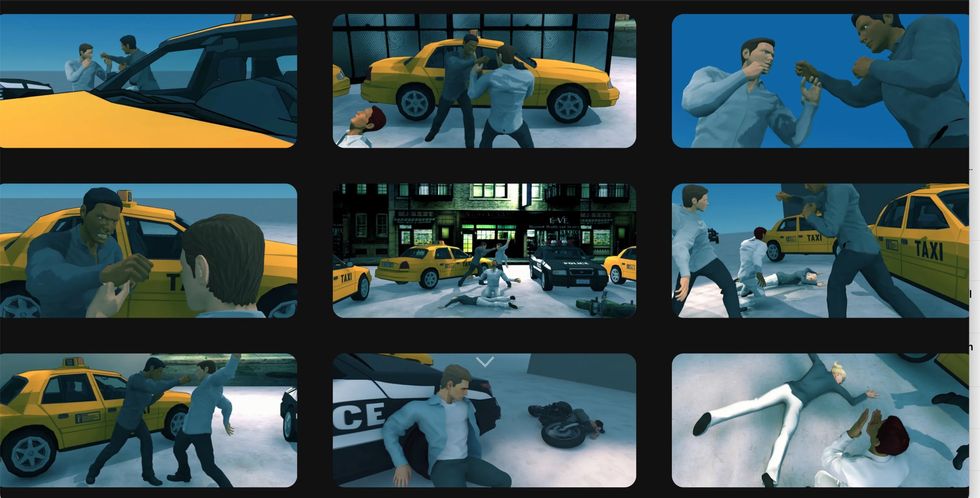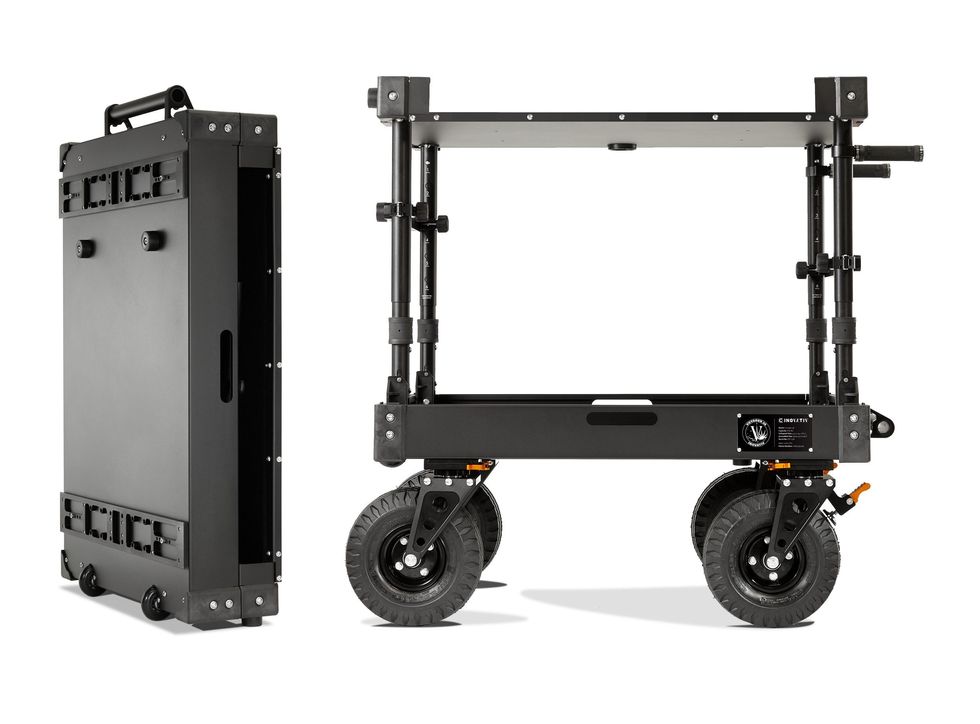How Emmy-Winning Mixer Bob Bronow Perfects Sound on 'Deadliest Catch'
We 'Catch' up with one of TV's most prized Re-recording Mixers.

When Discovery Channel debuted a documentary special on crab fishing in the Bering Sea called America's Deadliest Season: Alaskan Crab Fishing, few could have imagined it would springboard into one of the longest running unscripted series on TV in Deadliest Catch. Twelve seasons later, the show still nets captivating storylines that are wrapped in striking cinematography, giving us a front row seat to some of the harshest conditions in the world.
Re-recording mixer Bob Bronow, CAS, has been on board since Catch first left for sea. This year he received his twelfth Emmy nomination in a row for outstanding sound, two of which have been wins. “It feels surreal and definitely humbling,” says the mixer. “Most of us are just trying to make good TV and when your peers start recognizing that it feels great.”

"I think it’s one of the more interesting challenges as a mixer: to figure out what’s going to help tell the best story."
This year’s nominated episode “Carpe Diem” was no different. “It’s an outstanding episode in the way that producers hint at the story arc of the entire season for viewers. As a mixer and sound designer I like that because it allows me to get into the meat of everything early on.” Bronow starts each session with a basic template he’s developed for Catch and combines thirty plus years of experience with a Pro Tools station that’s loaded with a plethora of plugins and iZotope RX to polish the audio. “I’m constantly looking for new ways to make things better, whether it’s streamlining the workflow or adding impact to the sound design.”
One of the bigger storylines taking place this season was Captain Sig Hansen’s heart attack. “It didn’t happen until much later in the season, but it was something we talked about in the first episode because it was such an important event,” mentions Bronow. “We hint on a lot of different story points in the premiere and they’re always challenging since story changes are taking place right up to the very end.”

"Everybody has their Hollywood horror stories but I can count mine on one hand and still have fingers left. I think it’s really because of the people I get to work with in sound."
Bronow finds himself using Catch techniques on other projects as well. “I mixed The Family with Frank Morrone (Lost, Point of Interest) last fall and I love that I’m able to bring my skill set to episodic. It’s a different workflow and environment where I can continue to challenge myself and push myself outside my comfort zone to do more things. A number of times I even broke out iZotope RX and solved problems. Granted it wasn’t crab boats, but it’s was a great way to be able to use the skills I have developed on Catch in other areas.”

And if you’re thinking about a career in sound, you should know that it’s something Bronow has never regretted. “Everybody has their Hollywood horror stories but I can count mine on one hand and still have fingers left. I think it’s really because of the people I get to work with in sound. They’re just an amazing and talented group of people. And the one cool thing everybody realizes is that even though you may be really well-known working in one area, there’s always somebody else killing it in another area you may know nothing about. I love that because there’s so much to learn. Hanging around with people like Ed Greene and hearing how he mixes a live American Idol finale is incredible. It’s so far from what I do and it’s great to learn from him.”
While season thirteen of Deadliest Catch hasn’t been announced yet, you can catch a spinoff dubbed Deadliest Catch: Dungeon Cove this fall.




















